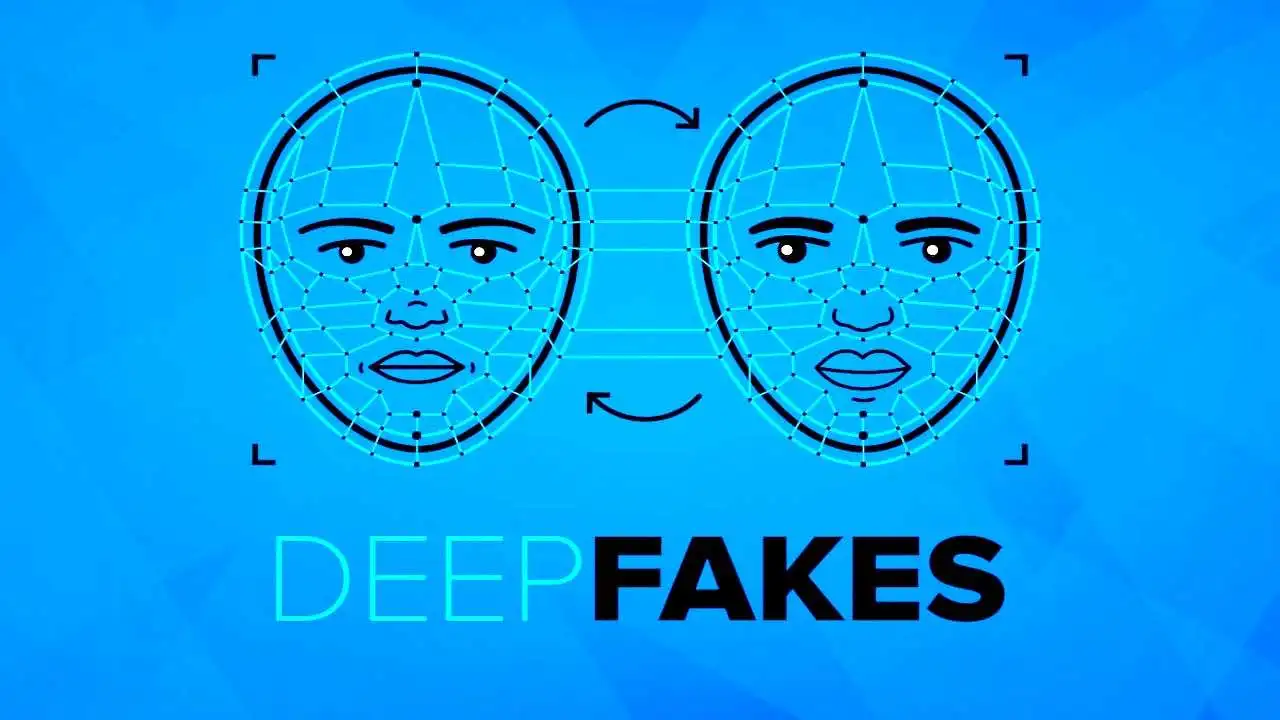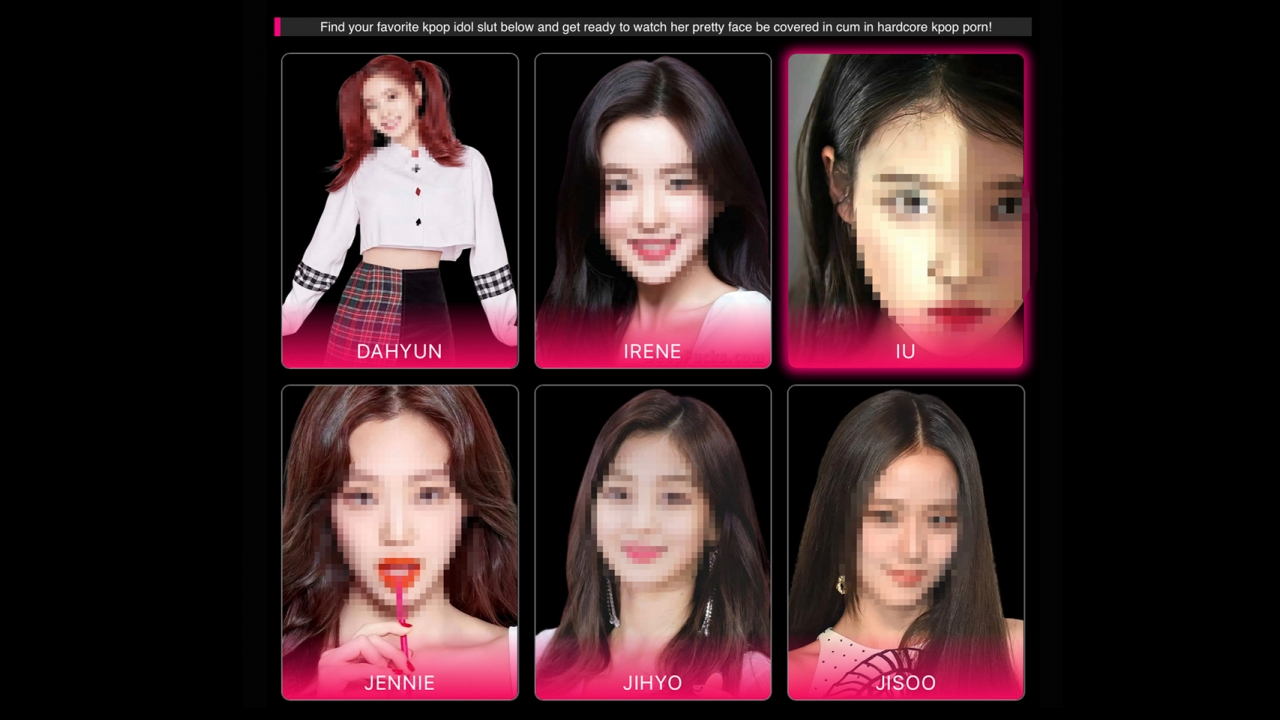Hey there, pop culture enthusiasts! Let’s dive straight into something that’s been making waves across the internet—K-pop deepfakes. If you’ve been scrolling through social media lately, chances are you’ve stumbled upon some jaw-dropping videos where your favorite idols seem to be doing things they never actually did. Sounds wild, right? Well, welcome to the world of deepfake technology, where reality gets blurred in ways we never thought possible. Whether it’s creating a viral dance challenge or sparking heated debates about ethics, K-pop deepfakes are here to stay, and they’re changing the game.
So, what exactly are K-pop deepfakes? Simply put, these are AI-generated videos or images that manipulate the appearance of K-pop idols to make them look like they’re doing or saying something they didn’t. Think of it as digital wizardry that can bring your wildest fan fiction to life—or sometimes, your darkest nightmares. As much as deepfakes have opened up new creative possibilities, they’ve also raised serious concerns about privacy, consent, and the future of digital content.
In this article, we’ll explore the rise of K-pop deepfakes, their impact on the industry, and the ethical dilemmas they bring to the table. Stick around because things are about to get real interesting. Oh, and don’t worry—we’ll keep it fun, engaging, and packed with insights you won’t find anywhere else. Ready? Let’s go!
Read also:Tara Yummy Leaks The Story Behind The Viral Sensation And Its Impact
Table of Contents
- What Are Deepfakes?
- The Rise of K-Pop Deepfakes
- Creative Uses of Deepfakes in K-Pop
- Ethical Concerns Surrounding K-Pop Deepfakes
- Impact on Fans and Fan Communities
- Legal Issues and Challenges
- The Future of K-Pop Deepfakes
- How to Identify Deepfakes
- Industry Responses to Deepfakes
- Final Thoughts and Takeaways
What Are Deepfakes?
Alright, let’s start with the basics. Deepfakes are essentially AI-powered tools that allow users to manipulate images, videos, or audio to create content that looks convincingly real but isn’t. The term "deepfake" comes from the combination of "deep learning" (a type of AI technology) and "fake" because, well, the content is fake! But here’s the kicker—these fakes are so advanced that even trained eyes can struggle to tell what’s real and what’s not.
Deepfakes first gained attention when they were used to create realistic but fabricated videos of celebrities and politicians. Now, they’ve found their way into the world of K-pop, where fans and creators alike are using them for everything from harmless fun to more questionable endeavors.
How Do Deepfakes Work?
Deepfake technology relies heavily on machine learning algorithms that analyze vast amounts of data, such as photos and videos, to generate highly realistic outputs. For example, if you wanted to create a deepfake of a K-pop star performing a song they’ve never sung before, the AI would study their facial expressions, body movements, and vocal patterns to produce a convincing simulation.
Here’s the thing, though—the process isn’t as simple as it sounds. Creating high-quality deepfakes requires significant computational power, access to large datasets, and a decent understanding of how AI works. However, with the rise of user-friendly apps and platforms, the barriers to entry are getting lower by the day.
The Rise of K-Pop Deepfakes
Now, let’s talk about why K-pop deepfakes have become such a big deal. Over the past few years, the K-pop industry has exploded in popularity, reaching audiences all over the world. With this global phenomenon comes an insatiable demand for content—content that fans crave, content that brands want to leverage, and content that creators are eager to produce.
Deepfakes have stepped into this space, offering endless possibilities for innovation. Whether it’s recreating iconic performances, generating new music videos, or even bringing back legendary acts, the potential is mind-blowing. But with great power comes great responsibility—or so they say.
Read also:Squirt Game The Ultimate Guide To The Phenomenon Taking The World By Storm
Why Are K-Pop Fans So Into Deepfakes?
Let’s be honest—fans are the lifeblood of any music industry, and K-pop fans are no exception. They’re passionate, creative, and always looking for ways to engage with their favorite idols. Deepfakes provide a unique platform for fans to express their love, showcase their skills, and connect with others who share their interests.
Some fans use deepfakes to create fun parodies, while others use them to imagine alternate realities where their biases collaborate with other artists or perform in unexpected ways. It’s like having a personal playground where anything is possible. Who wouldn’t want that?
Creative Uses of Deepfakes in K-Pop
While the ethical implications of deepfakes are still up for debate, there’s no denying their creative potential. In the hands of talented artists and producers, deepfakes can revolutionize the way we experience music, entertainment, and art.
Top 5 Creative Applications of K-Pop Deepfakes
- Virtual Concerts: Imagine attending a concert where your favorite K-pop group performs live, even though they’re on the other side of the world. Deepfakes could make this a reality by creating lifelike avatars that mimic the real thing.
- Music Videos: Producers can use deepfakes to experiment with different styles, themes, and narratives without requiring extensive resources or reshoots.
- Collaborations: Deepfakes allow artists to "collaborate" with others who may not be physically present, opening up new avenues for cross-genre experimentation.
- Fan Art: Fans can bring their wildest imaginations to life by creating deepfake versions of their favorite idols in various scenarios.
- Historical Reenactments: Deepfakes can help preserve the legacy of legendary K-pop acts by recreating their performances for future generations.
Ethical Concerns Surrounding K-Pop Deepfakes
Of course, with all the excitement surrounding deepfakes, there are some serious ethical concerns that need to be addressed. As much as these technologies offer creative opportunities, they also pose risks to privacy, consent, and authenticity.
For instance, what happens when a deepfake is created without the knowledge or permission of the person involved? Or worse, what if it’s used to spread misinformation, harass individuals, or damage reputations? These are questions that the K-pop industry—and society at large—needs to grapple with as deepfakes continue to evolve.
Consent and Privacy Issues
One of the biggest concerns with K-pop deepfakes is the issue of consent. Many deepfakes involve manipulating images or videos of real people, often without their approval. This raises important questions about ownership, rights, and the boundaries of digital manipulation.
Additionally, there’s the matter of privacy. In a world where personal data is increasingly commodified, the misuse of deepfake technology could lead to serious violations of individual privacy. It’s a slippery slope, and one that demands careful consideration from both creators and consumers.
Impact on Fans and Fan Communities
Deepfakes aren’t just affecting the K-pop industry—they’re also reshaping the dynamics within fan communities. On one hand, they’ve given fans new tools to express themselves and connect with others. On the other hand, they’ve introduced new challenges and conflicts that can sometimes divide rather than unite.
For example, some fans may feel uncomfortable with the idea of their biases being portrayed in ways they don’t approve of. Others may worry about the potential for deepfakes to perpetuate harmful stereotypes or promote divisive ideologies. It’s a delicate balance, and one that requires open dialogue and mutual respect.
Building a Positive Fan Culture
As fans, we have a responsibility to ensure that our engagement with deepfakes is respectful, inclusive, and constructive. This means being mindful of how we use these technologies, respecting the boundaries of others, and promoting a culture of collaboration and creativity.
Legal Issues and Challenges
From a legal standpoint, the rise of K-pop deepfakes presents several challenges. Current laws and regulations may not be equipped to handle the complexities of digital manipulation, leaving both creators and consumers in a gray area. Questions around intellectual property, copyright infringement, and defamation are just a few of the issues that need to be resolved.
Moreover, the global nature of the K-pop industry means that legal frameworks can vary significantly from country to country, adding another layer of complexity to the situation. As the industry continues to grow, it’s likely that new laws and guidelines will emerge to address these concerns.
The Future of K-Pop Deepfakes
So, where do we go from here? The future of K-pop deepfakes is uncertain, but one thing is clear—they’re here to stay. As technology continues to advance, we can expect to see even more sophisticated and realistic deepfakes emerging, pushing the boundaries of what’s possible.
But with great power comes great responsibility. It’s up to all of us—fans, creators, and industry professionals—to ensure that deepfakes are used in ways that benefit everyone involved. By fostering a culture of respect, transparency, and accountability, we can harness the full potential of this groundbreaking technology while minimizing its risks.
How to Identify Deepfakes
Now, let’s talk about something practical—how to spot a deepfake. While deepfakes are becoming increasingly convincing, there are still telltale signs that can help you distinguish between real and fake content. Here are a few tips:
- Look for inconsistencies in facial expressions, lip movements, or body language.
- Pay attention to audio quality—deepfakes often have slight distortions or unnatural pauses.
- Check the source of the content. Is it from a reputable outlet, or does it seem suspiciously out of place?
- Use specialized tools and platforms designed to detect deepfakes.
Industry Responses to Deepfakes
Finally, let’s take a look at how the K-pop industry is responding to the rise of deepfakes. Some companies are embracing the technology, exploring new ways to incorporate it into their marketing strategies and creative projects. Others are taking a more cautious approach, emphasizing the importance of consent, transparency, and ethical standards.
Ultimately, the industry’s response will depend on how deepfakes continue to develop and how they’re perceived by both creators and consumers. One thing is certain, though—the conversation is just beginning, and it’s one that everyone in the K-pop community should be a part of.
Final Thoughts and Takeaways
And there you have it—a deep dive into the world of K-pop deepfakes. From their origins and rise to their impact on the industry and beyond, we’ve covered a lot of ground today. But the journey doesn’t end here. As deepfakes continue to evolve, so too will our understanding of their potential and limitations.
So, what’s the takeaway? Deepfakes are a powerful tool with the ability to transform the way we experience and interact with K-pop. But with that power comes the responsibility to use it wisely, ethically, and respectfully. Whether you’re a fan, creator, or industry professional, the choices we make today will shape the future of this exciting technology.
Now, it’s your turn! What are your thoughts on K-pop deepfakes? Do you see them as a force for good or a cause for concern? Let us know in the comments below, and don’t forget to share this article with your fellow K-pop enthusiasts. Together, we can keep the conversation going and help shape the future of this incredible genre.


